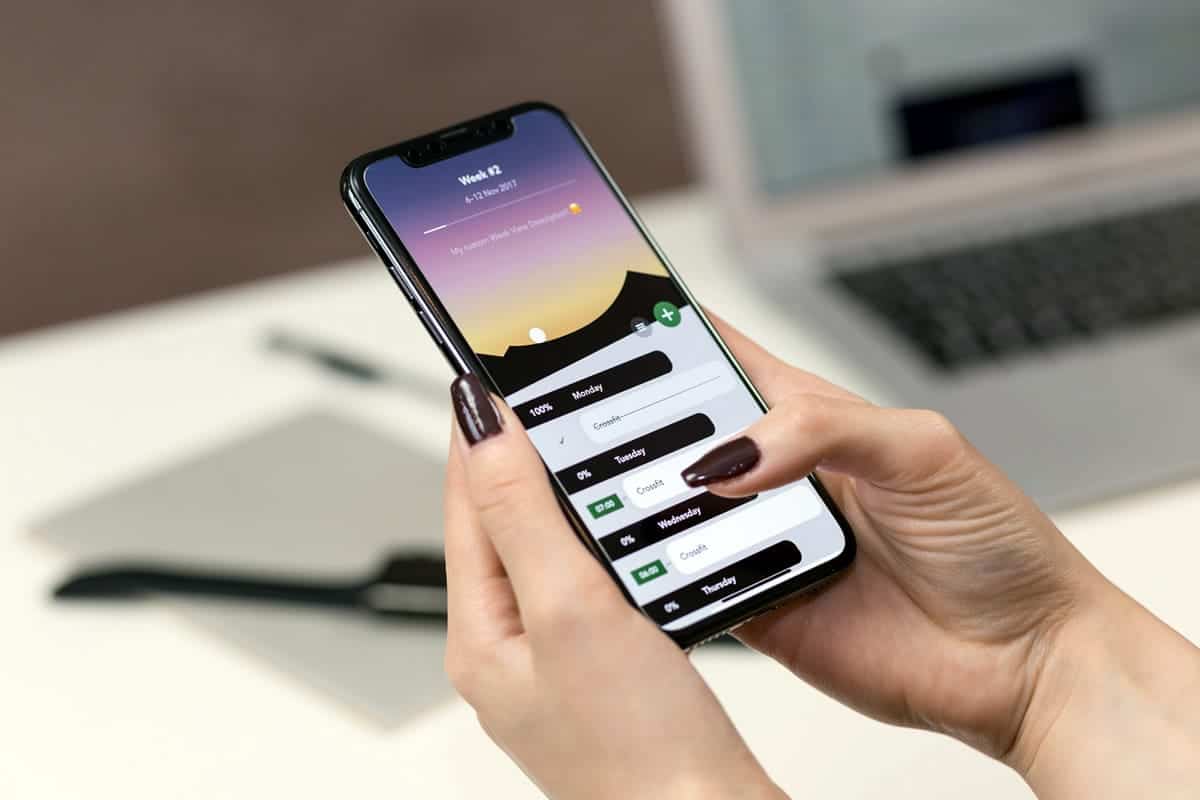By now you may have heard volumes about minimalist design because, to say the least, it is having a moment. The design greats at Apple and beyond have perfected these simple designs, with a focus on quality and ease of use over bells and whistles. But the problem is that, while the user experience of a minimalist design is a seamless one, creating those simple designs is another story. It takes considerable time and effort for designers, entrepreneurs, and the like.
Complicated design is best avoided. It is a pain to create and users have a high chance of getting confused and abandoning your product. Remember math classes as a teenager? The shortest distance between two points is a straight line. And the same is true in design. Instead of having six features that accomplish one desired outcome, accomplish it in one whenever possible. After all, user flows will be much simpler to map out and users will be less likely to get frustrated and move on from your app or product.
So how do you uncomplicate the simple design process no matter what role you play on your team? Let’s discuss the four ways we think are essential to making simple design easier.
Set Clear Goals
Just as when you’re creating a businesses, if you don’t know what your exact goal is, then you won’t be able to accomplish it. When it comes to features or entire apps, the first step is to map out what you want users to be able to do and then boil down what the user will need to do to get to that destination. Thinking of minimum viable products, simple design calls for understanding the core of what you’re aiming to accomplish and iterating on the most basic way to do it. Starting at the end makes it easier to backtrack to find the proper steps required, instead of letting the possibilities run wild and getting overwhelmed with all the potential ways to solve the problem.

For example, say you are designing the signup flow for your new app. You want users to enter their email address, first and last name, and zip code. Users don’t want to have to go through 20 screens just to be able to start using your app. Fit these on one screen if possible and let users know what step of the process they’re working on with a status bar. The signup flow should not be a place where you deep dive into your company history or tutorials for complex features. Instead, a signup flow that follows simple design will ask for the least amount of information required to get started using the app. Then, if desired, the next flow can introduce the app and how to use it, but the key is to focus on one thing at a time to get each component right.
This fits in with design sprints, which are ingrained in the industry and seem to have a staying power. Isolating each part of the development phase and working efficiently to move through to the next is a great way to move product development along smoothly. The phrase “keep it simple, stupid” applies here, as the most simple design can have the biggest impact and a broad user appeal.
In addition, a core goal of simple design is cutting down on choice overload. This happens when users are given too many options and instead of weighing them all, they decide to make no decision at all. For an app, this could mean closing the app, never to return, or flat out deleting it. When it comes to a page on a website, getting simple design right means using proper white space, complementary fonts, alignment, and only having one call to action. This allows users to process the information faster and understand what action you want them to take. Specific goals for an app or product will vary widely, but simple design will help you take it one step at a time to get the details right in a way that users will find straightforward.
Hone Simple Design with User Testing
Steve Jobs once said, “A lot of times, people don’t know what they want until you show it to them.” In line with his philosophy, the best way to figure out if you’re solving a user’s pain points properly is to create a prototype and ask them to play around with it. If you ask them to try to add a song to their library in your music app prototype and they are totally stumped, then you know there is more work to do.
On the other side of this example is the wrong way to approach simple design.You won’t want to ask first time users the best way to theoretically accomplish something in an app they’ve never used. After all, they might have suggestions that are technologically infeasible or overly complicated. To take the Jobs approach, present a tangible solution and get comprehensive feedback on how it does and doesn’t fit their needs. It is much easier to improve a wheel design, compared to reinventing it each time.

Align with UX Design
Once you are able to meet with users and understand how they use your product, you can determine the best way to implement UX design principles. They boil down to seven key factors that range from a product being useful to valuable. Simple design keeps UX at its center so that it actually meets the user’s needs and hopefully they will even enjoy the experience of using the product.
To put it in a few words, simple design is easy to use. It is intuitive to new users and returning users alike. Understanding what users think of a design presents insight into how they actually want to use the app. Getting this feedback early and often, combined with a complete understanding of the best ways to implement UX design, move product development along in the right direction.
Communicate Often
Rarely is their one sole person who designs an entire product. Usually it is a team effort and in order to think of a simple design and carry it out effectively, constant communication is a requirement. This becomes easier with a prototype because the team can demonstrate to each other and stakeholders how features currently work and update it in real time to incorporate feedback they receive.
These periodic meetings can be used to get feedback from various team members, after all, some of the greatest product ideas often come from seemingly random places in idea driven companies. When everyone is aware of the current stage of product development and how users have responded to past iterations, they can put these together with their existing industry knowledge and make helpful suggestions to improve the next version.

Final Thoughts
In essence, the ways to make simple design easier are to: have a clear understanding of what you want to accomplish, ask users for feedback on what you’ve created so far, and communicate effectively with your larger team as the design evolves. When these three steps are combined with UX design principles, your team is virtually unstoppable and can go forward to create an amazing product.
This is just a start to the discussion of what simple design is and how to put it to work with minimal friction. With that said, we encourage you to contribute your own ideas on the topic. What aspects of simple design do you think are central to good mobile apps and products? Let us know by tweeting us @Protoio.
Proto.io lets anyone build mobile app prototypes that feel real. No coding or design skills required. Bring your ideas to life quickly! Sign up for a free 15-day trial of Proto.io today and get started on your next mobile app design.






